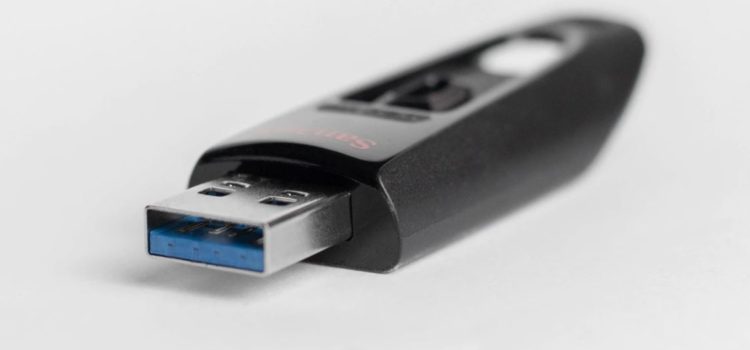

This article is an excerpt from the Shortform summary of "Permanent Record" by Edward Snowden. Shortform has the world's best summaries of books you should be reading.
Like this article? Sign up for a free trial here .
How did Snowden get access to NSA documents? Were the Snowden files that were leaked stolen? What technology was used to access and organize the information?
For Snowden, files were critical to bring to journalists when he blew the whistle. For Edward Snowden, documents separated his story from any internet conspiracy theorist.
Read more about Edward Snowden, files taken from the NSA, and the lengths Ed went to in order to not get caught.
Edward Snowden: Files Accessed Through Heartbeat
Access wasn’t a problem. Heartbeat allowed Ed to collect any information he wanted, and while the NSA would log that Ed had read files, he was the manager of Heartbeat, so no one would find this suspicious.
Edward Snowden: Documents Needed Organizing
For Snowden, files being organized was a more difficult task. Ed didn’t need everything Heartbeat pulled. Snowden documents for leaking would be limited to those about mass surveillance, not the NSA’s other secrets. Additionally, he had to do some work on the files such as encrypting, compressing, and deduplicating. The Heartbeat server kept a log of what was done on it, and if Ed tried to work with the files directly on the server, the NSA would see what he was up to. Additionally, he couldn’t organize the files on a regular office computer because the NSA had upgraded to computers that did all their processing and storage on the cloud.
There were, however, some older computers in the office with enough power to do their own local processing. Ed invented a compatibility project—he wanted to make sure that Heartbeat was compatible with older operating systems—and transferred files onto the old computers. As long as he was careful about what networks he connected the older computers too, no one would see what he was doing on them.
Edward Snowden: Files Were Taken Out of the NSA
The last task for Snowden: files had to get out of the NSA building. The safest and easiest way to get a file off a computer is to pull it up on the monitor and take a picture. Smartphones aren’t allowed in NSA buildings, but people often bring them in by accident, and Ed might have been able to get away with it. However, he’d need to take thousands of photos to get everything and he’d have to find a way to hide the photos well enough that even NSA forensic experts could search his phone without finding them.
The strategy for Snowden: documents would be transferred to micro and mini SD cards. He switched to the night shift so he could transfer files off the computers to the cards. Then, Ed would smuggle the cards out of the building inside a Rubik’s Cube, in his sock, in his cheek (so he could swallow them if he needed to), and finally in his pocket when he got more confident.
Edward Snowden: Files Had to be Taken Without Getting Caught
Ed had access to a lot of intelligence data including, importantly, FBI reports on how they caught people. Since the FBI would usually arrest people on their way home from work, Ed paid particular attention to how he interacted with security on his way out. He’d worked security back in the job that got him his clearance in Maryland and he knew it was boring, so he’d banter with the guards and chat about his Rubik’s Cube.
After Ed got home from work, he’d hide his laptop under a cotton blanket in case the FBI had bugged his house. Then, he’d transfer the files from the SD cards to a bigger, very securely encrypted, external storage device.
Just like at work, Ed was careful not to leave any traces of what he was doing on his technology at home.

———End of Preview———
Like what you just read? Read the rest of the world's best summary of Edward Snowden's "Permanent Record" at Shortform .
Here's what you'll find in our full Permanent Record summary :
- What Ed Snowden discovered that caused him to completely lose faith in the government
- How Snowden led the bombshell reports of US mass surveillance
- How Snowden is coping with his treatment as both patriot and traitor






